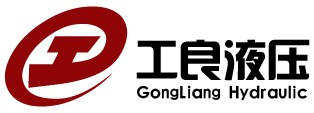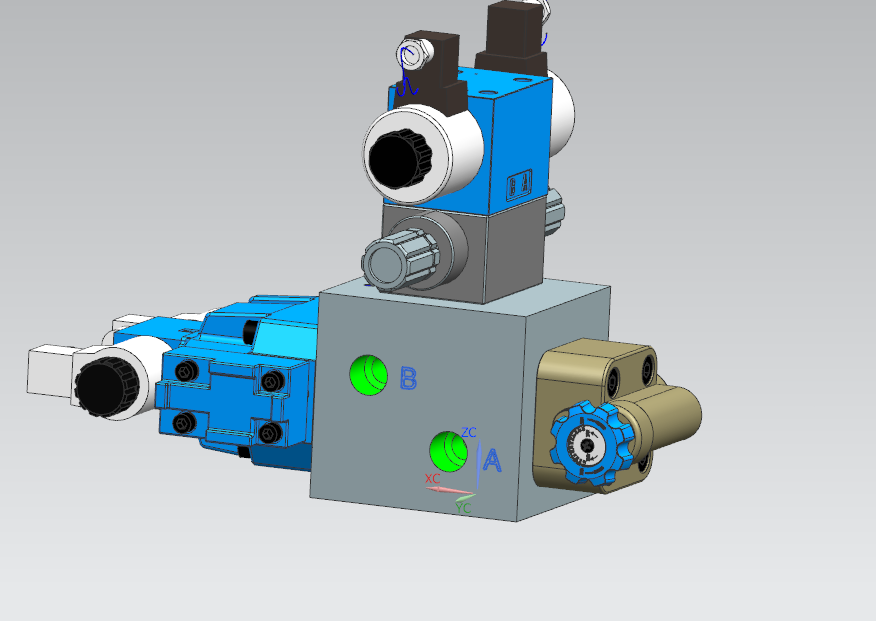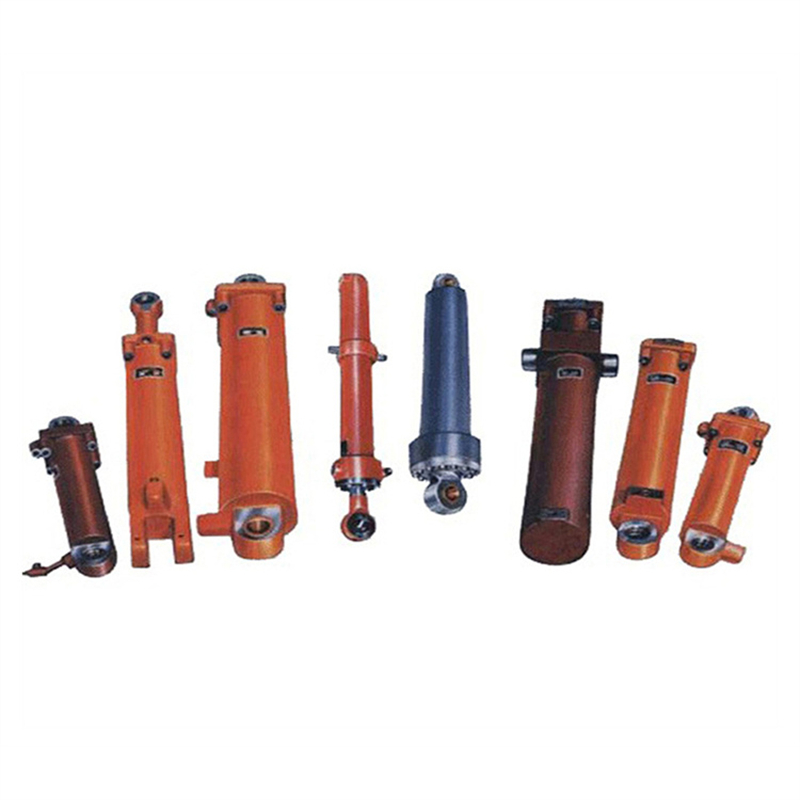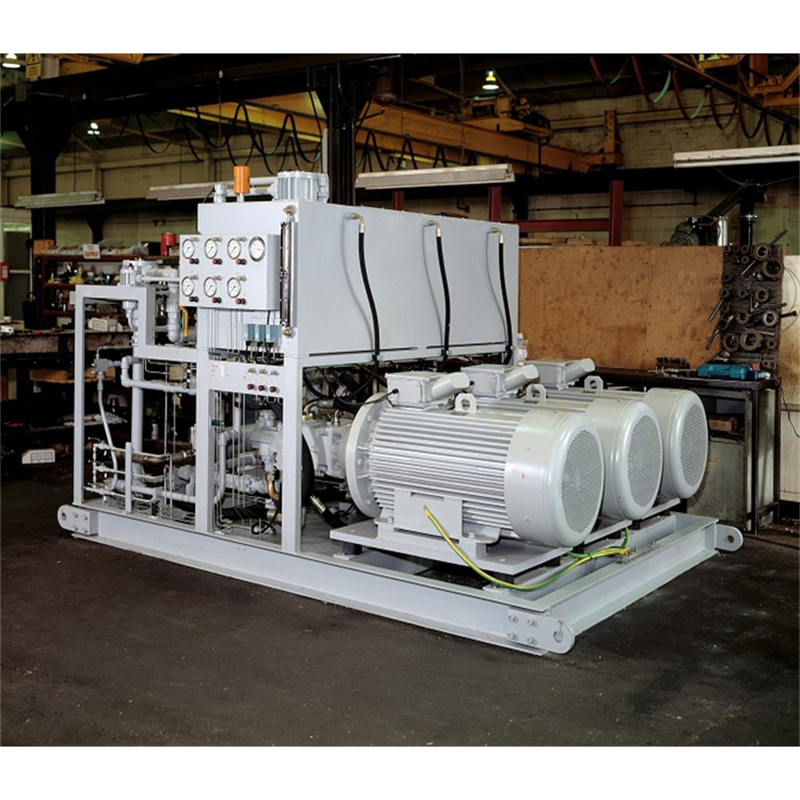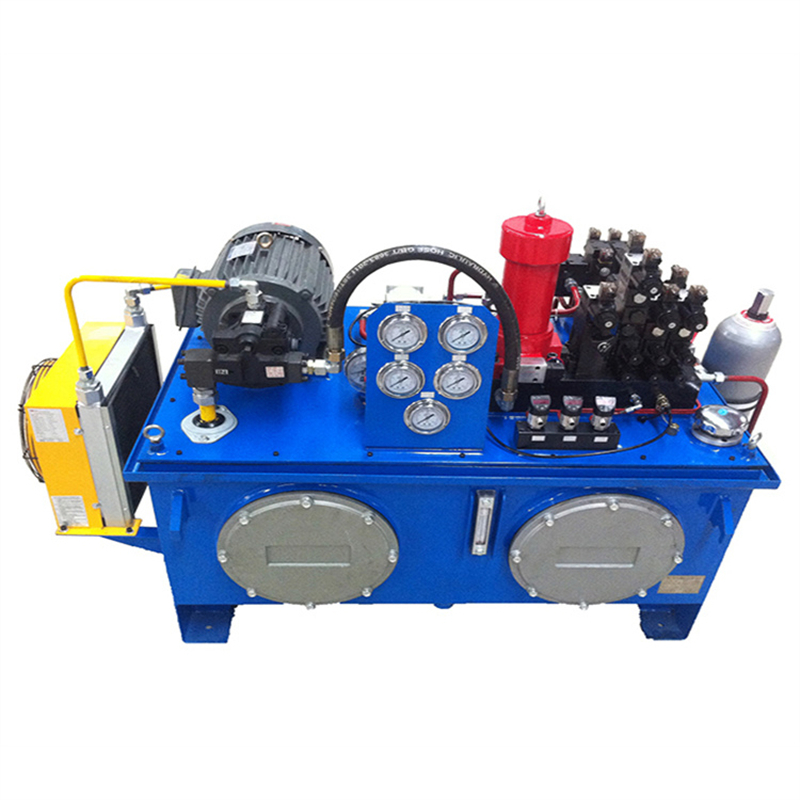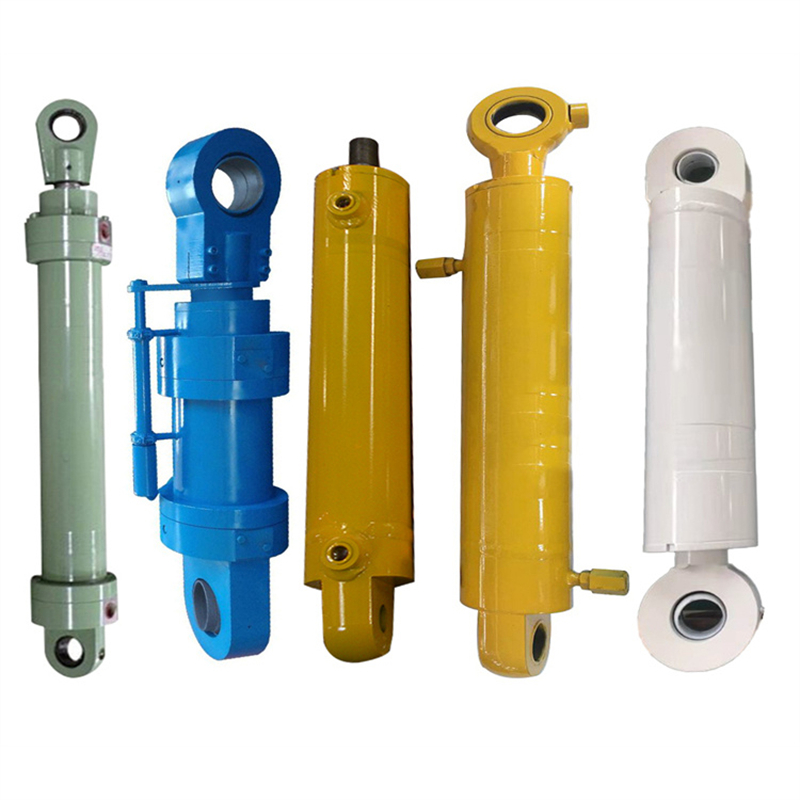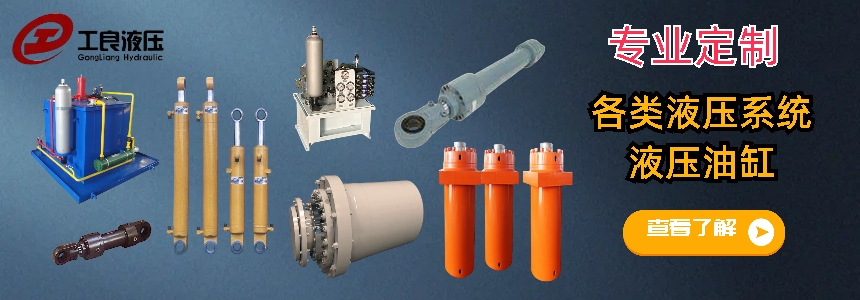The abbreviation for energy-saving hydraulic station in English is ESHS.
Energy-saving hydraulic stations are widely used in various industries to control and regulate hydraulic systems. They are designed to reduce energy consumption and improve overall system efficiency. The main components of an energy-saving hydraulic station include a hydraulic pump, motor, accumulator, control valves, and sensors.
The ESHS utilizes advanced technologies and strategies to achieve energy savings. Some of the key features of an energy-saving hydraulic station include:
1. Variable speed drive: The hydraulic pump is equipped with a variable speed drive that adjusts the pump speed according to the system demand. This helps to match the hydraulic power output with the actual load requirements, reducing energy wastage.
2. Energy recovery system: The ESHS incorporates an energy recovery system that captures and stores the energy dissipated during the deceleration or stopping of hydraulic actuators. This energy can be reused to power other hydraulic components, further reducing energy consumption.
3. Intelligent control system: The ESHS is equipped with an intelligent control system that continuously monitors and optimizes the hydraulic system operation. It adjusts the pump speed, valve positions, and other parameters to ensure efficient energy usage.
4. Leakage detection and prevention: The ESHS is designed to minimize hydraulic fluid leakage, which can lead to energy losses. It incorporates advanced sealing technologies and leakage detection systems to identify and prevent leaks.
5. Energy monitoring and reporting: The ESHS provides real-time energy monitoring and reporting capabilities. It allows operators to track energy consumption, identify energy-saving opportunities, and optimize system performance.
The benefits of using an energy-saving hydraulic station include:
1. Reduced energy consumption: The ESHS can achieve energy savings of up to 30% compared to conventional hydraulic systems. This can result in significant cost savings and environmental benefits.
2. Improved system efficiency: The ESHS optimizes the hydraulic system operation, ensuring that energy is used efficiently and effectively. This leads to improved overall system performance and productivity.
3. Extended equipment lifespan: The ESHS reduces the stress and wear on hydraulic components, resulting in longer equipment lifespan and reduced maintenance costs.
4. Enhanced safety: The ESHS incorporates advanced safety features, such as overload protection and fault detection systems, to ensure safe and reliable operation.
In conclusion, energy-saving hydraulic stations play a crucial role in reducing energy consumption and improving the efficiency of hydraulic systems. They offer numerous benefits, including cost savings, improved system performance, and environmental sustainability.
